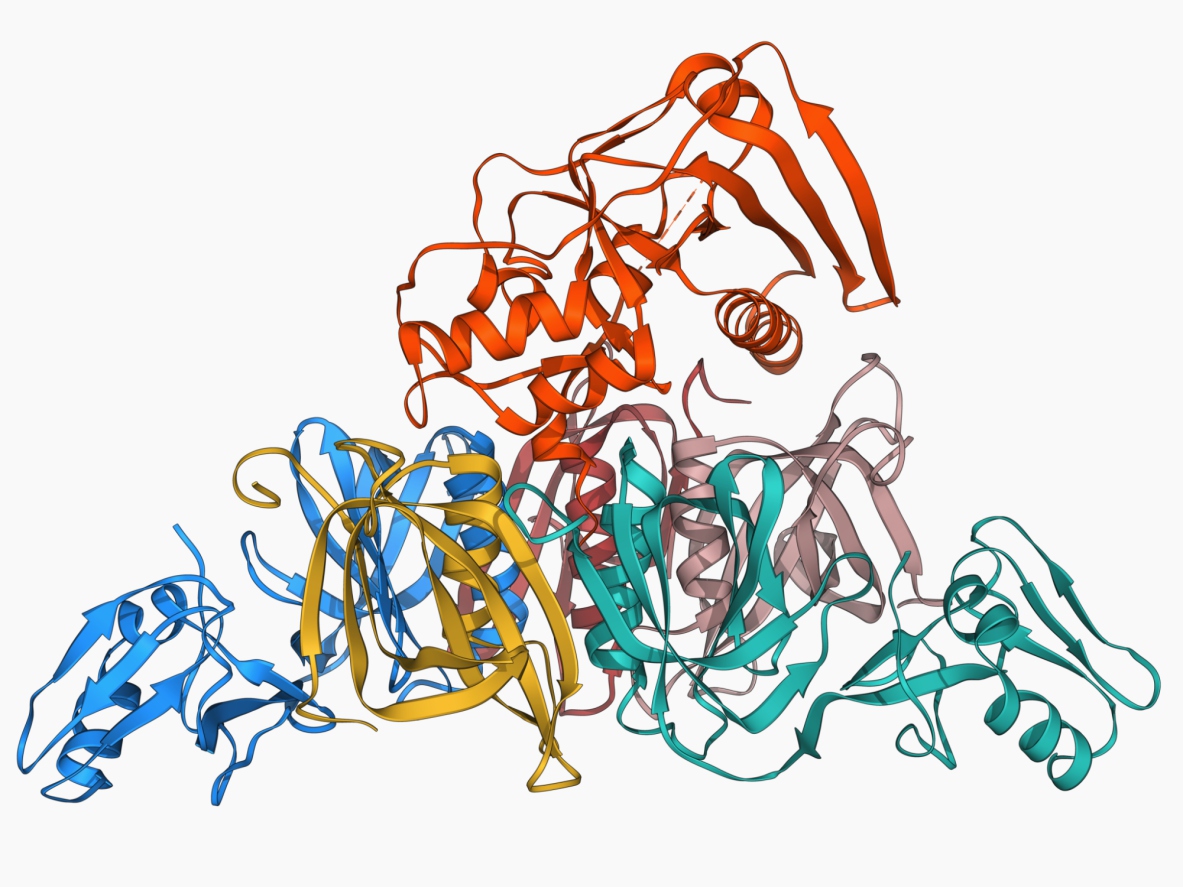
Anti-vaxxers are epidemiology’s repeat offenders—the first and sometimes only suspects you need to call in for questioning whenever there’s an outbreak of a vaccine-preventable disease. So on those occasions when their prints aren’t all over the crime scene, it’s worth giving them a nod. That’s the case—sort of, kind of—when it comes to the current whooping cough (or pertussis) epidemic that’s burning its way through California, with nearly 10,000 cases since the first of the year, making it the worst outbreak of the disease since the 1940s. So far, one infant has died.
Before we start giving out any laurels, let’s be clear on one point: the anti-vaxxers continue to be risibly wrong when they say that vaccines are dangerous (they aren’t), that they lead to autism, ADHD, learning disabilities and more (they don’t), and that you should take your public-health advice from the likes of Jenny McCarthy, Rob Schneider, and Donald Trump instead of virtually every medical and scientific authority on the planet (you shouldn’t). But a safe vaccine is not always the same as an entirely effective vaccine, and here the whooping cough shot is coming up a little short—with emphasis on the “little.”
According to the U.S. Centers for Disease Control, the pertussis vaccine starts off perfectly effectively, with 90% of kids developing full immunity from the disease in their first year after inoculation. But that protection starts to fade in year two, and by the five-year point, only 70% of kids are still protected. Until the 1990s, a more effective formulation was available, but it was replaced due to side effects (pain, swelling and perhaps some fever—not autism, thank you very much). The newer version eliminates those problems, but at a cost to effectiveness.
The waning protection the vaccine affords helps explain the cyclical nature of whooping cough outbreaks, with cases usually beginning to rise every three to five years. Certainly, the anti-vax crowd has not helped matters any. When a vaccine offers only imperfect protection, it’s especially important that as many people as possible get it since this maximizes what’s known as herd immunity—the protection a community that’s largely immune can offer to the minority of people who aren’t.
Last spring’s mumps outbreak in Columbus, Ohio was due in part to a combination of the relatively low 80-90% effectiveness rate of that vaccine and the poor level of vaccine compliance. As I reported in Time’s Oct. 6, 2014 issue, 80% of people who contracted the disease said they had been vaccinated in childhood, but only 42% of those cases could be confirmed. In the current whooping cough epidemic, California health authorities estimate that only 10% of all people who have come down with the disease were never vaccinated. That’s up to 10% more people than needed to get sick, but a lot fewer than the total in Columbus.
The heart of the anti-vaxxers’ argument is not, of course, that some vaccines offer incomplete protection. If it were, they wouldn’t find so many willing believers. For one thing, the large majority of vaccines achieve at least a 90% effectiveness level—and often much higher. For another, it’s hard to make the case that even if they didn’t, imperfect protection would be better than none at all.
Seat belts, after all, aren’t 100% effective at preventing highway deaths either, and condoms don’t entirely eliminate the risk of pregnancy or STDs. But that doesn’t mean you stop using them, because your brain makes a rational risk calculation about the wisdom of taking cost-free precautions. You might not make such smart choices, however, if somebody muddied the equation by introducing the faux variable of imaginary risk—seat belts and condoms cause autism, say.
Persuading people to run that flawed calculus is where the the anti-vaccine crowd does its real damage. A new—and scary—interactive map from the Council on Foreign Relations tracks the global rise or fall of vaccine-preventable diseases from 2008 to 2014. In the same period, during which most of the world saw a 57% decline in cases, North America—driven mostly by the U.S.—showed a stunning 600% increase.
It’s fitting somehow that the locations of the outbreaks show up on the map as a sort of pox—with the once-clear U.S. slowly becoming blighted from one coast to the other. Misinformation is its own kind of blight—one that’s every bit as deadly as the bacteria and viruses the vaccines were invented to prevent. And it’s the anti-vaxxers themselves who are the carriers of this particular epidemic.
More Must-Reads from TIME
- Breaking Down the 2024 Election Calendar
- How Nayib Bukele’s ‘Iron Fist’ Has Transformed El Salvador
- What if Ultra-Processed Foods Aren’t as Bad as You Think?
- How Ukraine Beat Russia in the Battle of the Black Sea
- Long COVID Looks Different in Kids
- How Project 2025 Would Jeopardize Americans’ Health
- What a $129 Frying Pan Says About America’s Eating Habits
- The 32 Most Anticipated Books of Fall 2024
Write to Jeffrey Kluger at jeffrey.kluger@time.com